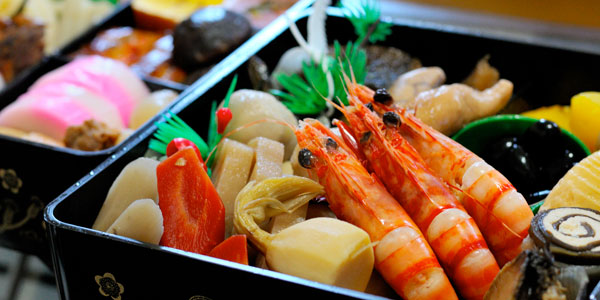
Besides Groundhog Day, my favorite holiday is New Years. I look forward to it every year. I always forget though that most people (in America) just think it’s a day to watch football and the Rose Parade. For those who don’t know, New Years or oshogatsu in Japan (and for Japanese Americans) is the most important and elaborate holiday of the year.
Japanese Americans (JAs) have lost much of the Japanese part of their culture. I believe it’s due to the trauma of the concentration camps during World War II and the forced assimilation both by the government/society and from within the community. However, there remain some very traditional aspects of Japanese culture in the JA community. One of those is New Years. In many ways, JAs celebrate New Years MORE traditionally than they do in Japan today.
Because New Years is my favorite holiday and because of its important in the JA community, I wanted to share with you my top five favorite things about Japanese New Years.
#5: Sculpting the new year
The Japanese believe that everything that happens on New Years is a reflection of the way the rest of the year is going to turn out. That’s why they believe it’s important to be happy, positive, and free of chores and any kind of work! To me, this is better than making a resolution because I get to actively shape what’s going to happen to me in the coming year.
#4: Toshikoshi soba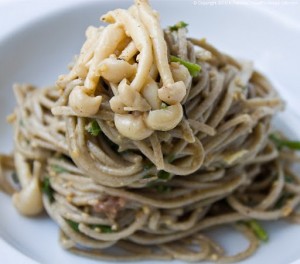
“Japanese people practice an old custom on New Year’s Eve called toshikoshi soba, eating “Passing of the Year” soba to bring good luck and good fortune. The shape and length of soba are associated with a lean and long life.
#3: Osechi-ryori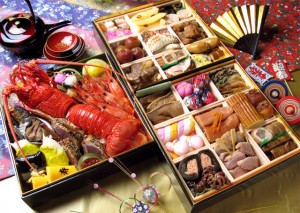
“Osechi-ryori, is made up of colorful dishes packed in layers of lacquer boxes, called jubako. Each dish and ingredient used in osechi has a special meaning for the new year, such as good health, happiness, fertility, a long life, and so forth. The specific dishes in the osechi vary from reg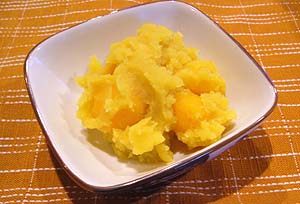 ion to region.”
ion to region.”
My favorite one is kurikinton, candied chestnuts and sweet potato. Because of its color (gold), it symbolizes wealth.
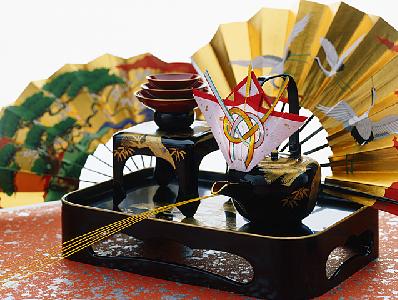 #2: Otoso
#2: Otoso
“[Otoso] is sake [rice wine] that has been specially prepared by steeping a mixture of herbs in it for several hours. Drinking it with family in ceremonial fashion first thing on New Year’s day is said to ward off sickness for the entire year ahead, as well as invite peace within the household.”
The only time drinking sake on New Years day was a bad thing was when I was in college. After a long night of drinking with my friends, the one little shot pushed me over the edge. I’m ashamed to admit that I spent the rest of the morning in the bathroom.
#1: Family
When I explain Oshogatsu to my non-Japanese friends, I tell them that it’s Japanese Thanksgiving. It’s a time for the entire family to come together. When I was younger (pre-birth of my child) I thought that this was cheesy but now that I’m a father, the importance of family has taken on a whole new meaning. I get all teary eyed about spending time together. (This of course doesn’t make me any less gangsta, does it?)
Finally, because this is just a shameless plug I didn’t include it in my list. But I am putting on a really great Japanese New Years family festival at the Japanese American National Museum on January 8. We’re celebrating the year of the dragon and trying out some of the traditional Japanese New Year foods. If you’re in LA, come down and check it out. If you do, be sure to say hello to me. I might just have a little gift for you!








